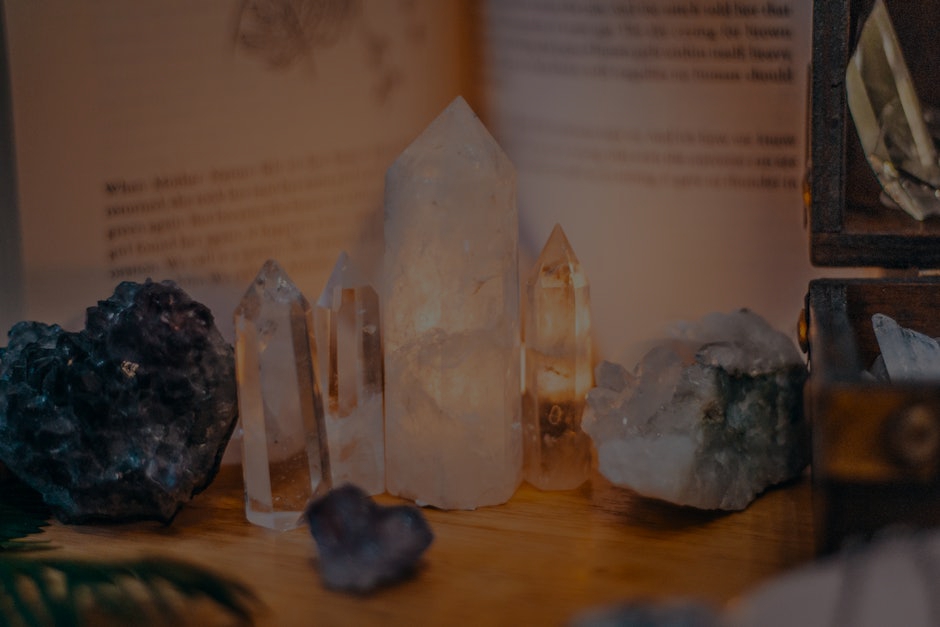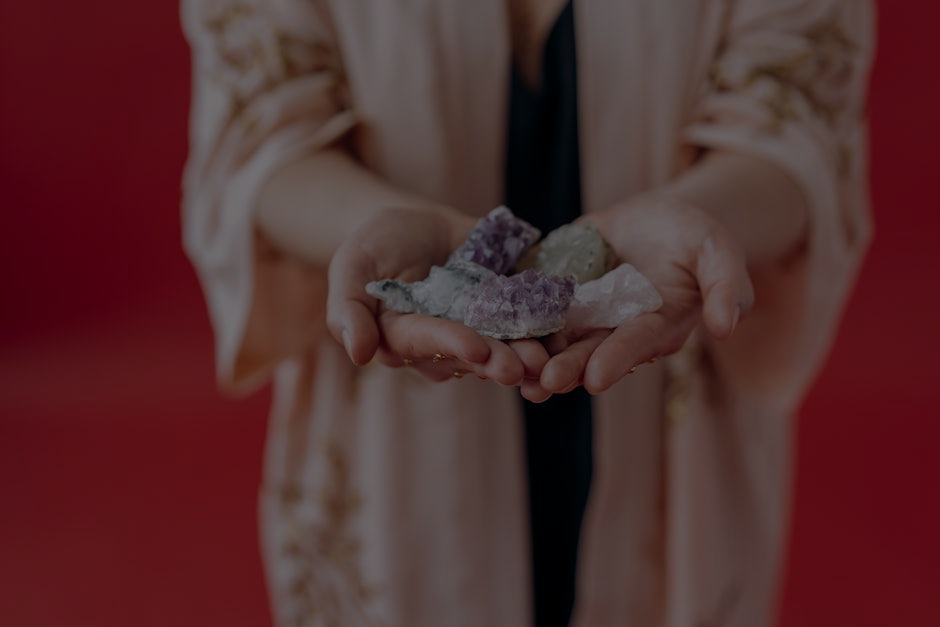**Abstract:** Discover how to enhance your meditation practice using feng shui symbols. Unlock the power of these ancient symbols to create a harmonious and balanced environment that fosters tranquility and focus.
Understanding Feng Shui Symbols
Feng shui, the ancient Chinese art of placement, emphasizes the importance of harmonizing your environment. Symbols in feng shui serve as powerful tools to channel energy, or “chi,” effectively. By integrating these symbols into your meditation space, you can cultivate an atmosphere conducive to mindfulness and tranquility. Whether you’re a seasoned meditator or just starting, these symbols can elevate your practice and deepen your connection to your inner self.
Choosing the Right Symbols for Your Space
When selecting feng shui symbols for meditation, consider your personal intentions and goals. For instance, the lotus flower represents purity and enlightenment, making it a perfect addition to your meditation area. The yin-yang symbol promotes balance, reminding you to find harmony within. You might also consider the dragon, a symbol of strength and wisdom, to inspire courage in your practice. Choose symbols that resonate with you personally, as this connection enhances their effectiveness.
Placement Matters: Creating Your Sacred Space
The placement of feng shui symbols is crucial in maximizing their benefits. Ideally, position your symbols in the southeast corner of your meditation space, which is associated with abundance and prosperity. Alternatively, the center of your space can be designated for symbols that promote balance and harmony. Ensure that your symbols are visible during meditation, allowing their energy to envelop you. This intentional arrangement not only enhances your focus but also creates a serene environment that encourages deeper meditation.
Incorporating Color and Material
Colors play a significant role in feng shui, as they can influence your mood and energy levels. For instance, calming blues and greens promote relaxation, while vibrant reds and yellows can energize your practice. When selecting symbols, consider their color and material. Wooden symbols can bring warmth and grounding energy, while metal symbols may enhance clarity and focus. By harmonizing colors and materials, you can create a cohesive environment that supports your meditation journey.
Creating Rituals Around Your Symbols
To deepen your connection with feng shui symbols, consider creating rituals around them. Light incense or candles before meditation to cleanse the space and invite positive energy. Spend a few moments reflecting on the meaning of your chosen symbols, allowing their significance to resonate within you. You can also meditate with your symbols in hand, focusing on their energy and allowing it to guide your thoughts. These rituals can transform your meditation practice into a sacred experience, fostering a deeper sense of peace and clarity.
Evaluating and Adjusting Your Space
Feng shui is not a one-time setup; it requires ongoing evaluation and adjustment. After incorporating symbols into your meditation practice, take time to reflect on their impact. Are you feeling more focused and balanced? If not, consider rearranging or swapping out symbols that no longer resonate with you. Trust your intuition and be open to change, as your needs may evolve over time. Regularly assessing your meditation space will ensure it remains a sanctuary for mindfulness and self-discovery.
**Conclusion:** By thoughtfully integrating feng shui symbols into your meditation practice, you can create an environment that nurtures your mind, body, and spirit. These symbols not only enhance focus and tranquility but also empower you to connect with your inner self on a deeper level. Embrace the transformative power of feng shui and unlock the full potential of your meditation journey.



